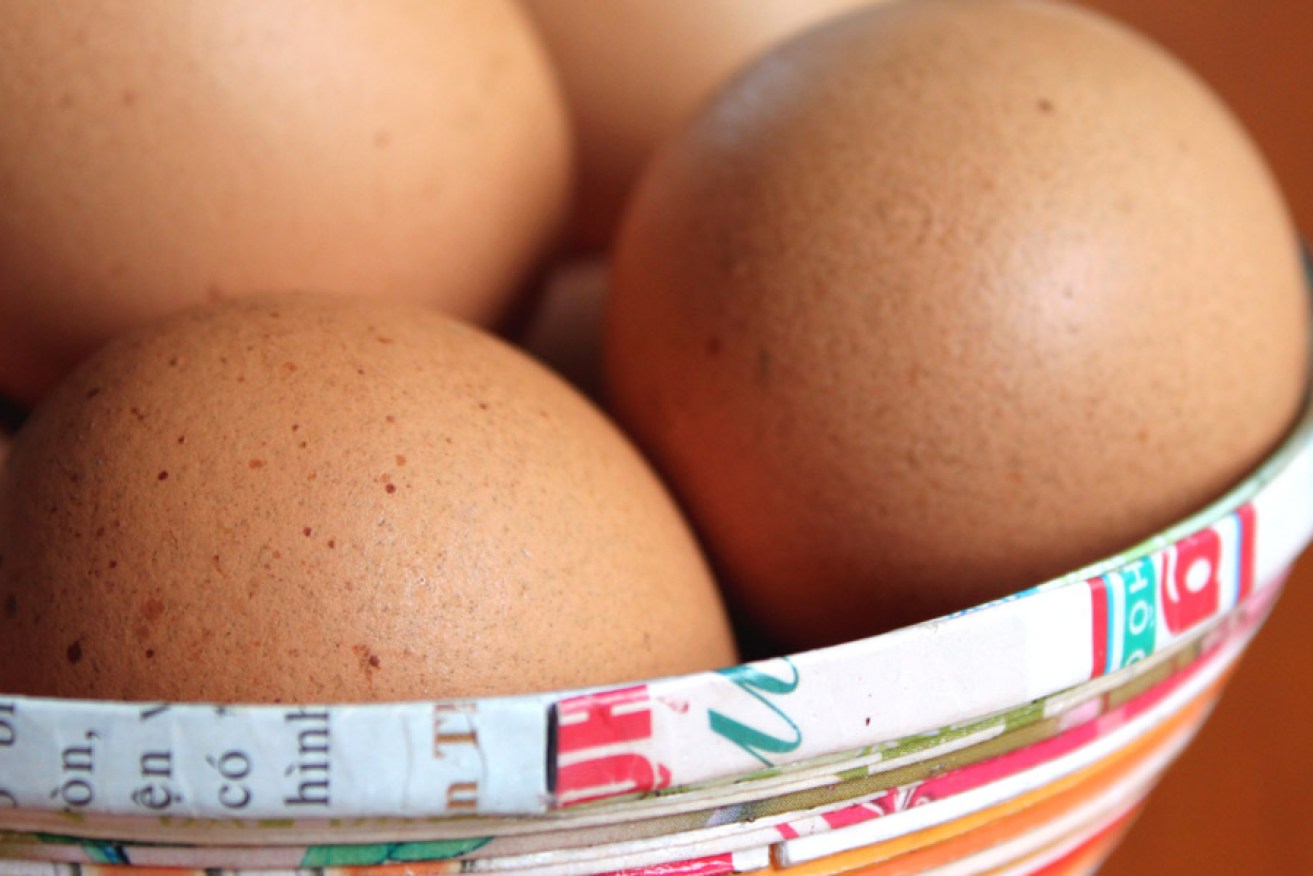What exactly does free range mean? Australia may be getting closer to agreement on a definition and transparency of labelling for free-range eggs following an agreement this month between state and territory ministers.
After a meeting in Cairns, the ministers announced that work on developing a national policy to legally define free-range eggs would be spearheaded by the New South Wales Office of Fair Trading.
It is believed national standards will be drafted within 12 months, and will likely include a definition of free range as well as minimum labelling requirements for product packaging.
There is currently no national definition of free range in Australia, but some companies have been fined for false or misleading conduct for claiming their eggs were free-range, with the chickens “free to roam”, when in fact they could move only around a metre.
Consumer group Choice has also lodged Fair Trading complaints about the labelling of free-range eggs, claiming that consumers are often misled.
South Australian egg farmer John Rhode, from Tarlee, told ABC Rural this week that confusion over free-range egg standards had been holding back the industry. However he said it would be difficult to get a national agreement, adding: “Personal agendas, has been the issue the whole time.”
Earlier this year, the South Australian Government announced it would introduce a “voluntary industry code” providing standards for production of free-range eggs in the state, with producers who adopt the code able to display a logo showing they have achieved the SA free-range accreditation. The code includes a “stocking density” of 1500 hens per hectare, compared with Queensland’s 10,000 hens per hectare.
Phillip Westwood, owner of Victorian egg farmer Freeranger, told SmartCompany that as a small producer he welcomed the introduction of a national standard because it would enhance consumer confidence and create a more even playing field for smaller ethical companies.
But he also warned that divergent opinions as to what ethical poultry farming standards should be would take some time to resolve.
“We fully support the need for a national standard but at this stage we don’t know the wording and possible loopholes,” says Westwood.
“The Queensland government has already said it doesn’t like restrictions on the number of hens per hectare, and Victoria’s Agriculture Minister, Peter Walsh, is known to favour industry self-regulation.
“Hopefully the standard will limit the number of fowls per hectare to 1500 and prevent the big boys from falsely labelling their products.”
John Coward, chief executive of Queensland United Egg Producers, told SmartCompany he also supported the standard, but focusing on the number of birds per hectares was not practical.
“It is not about the number of birds per square hectare, it is about the way you manage the life of them,” he said.
“The process should accelerate the guidelines for the model code of practice for the welfare of poultry to provide uniformity and legislation in all states,” he said.
“Standardisation should be dealt with by the agricultural, animal welfare and environment ministers and with consumer demands in mind. Then it will offer uniformity, transparency and clarity.”
– with smartcompany.com.au





